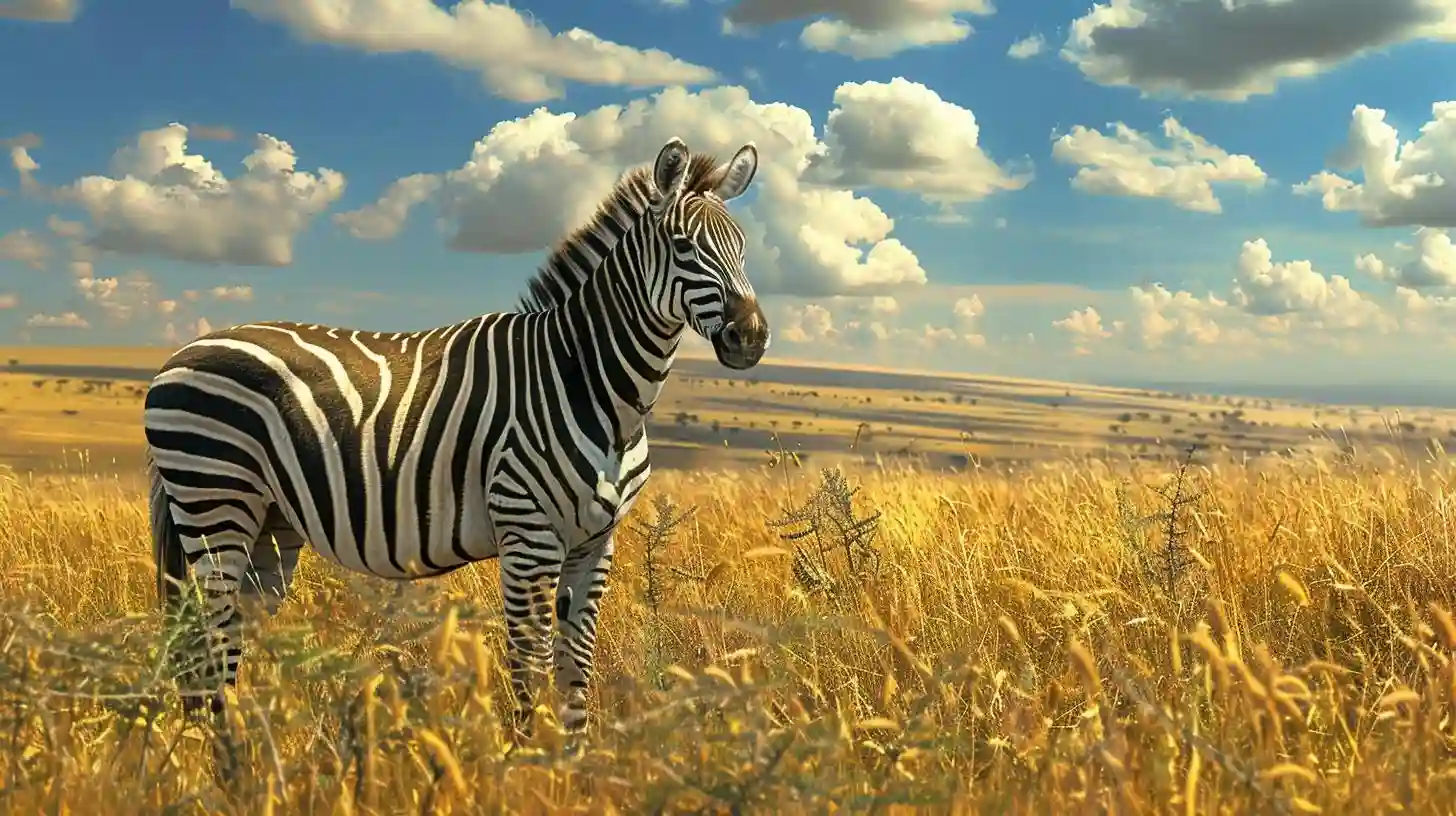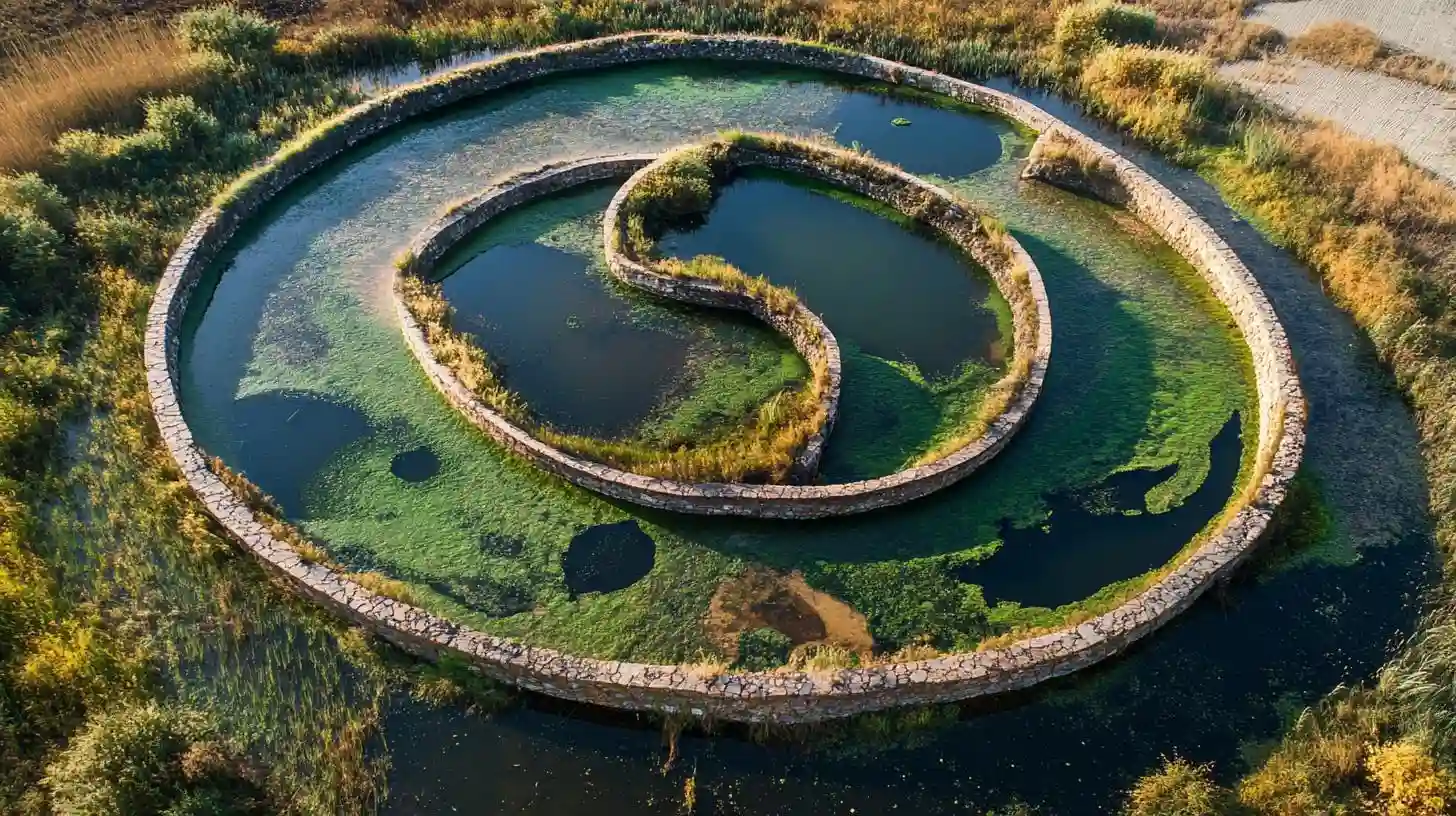
Zebras and Locusts in Ecosystems
**Zebras and Locusts: A Study in Adaptation and Ecosystem Balance**
Zebras and locusts exemplify how vastly different organisms adapt to their environments, playing crucial roles in their respective ecosystems. By exploring these creatures, we can deepen our appreciation for biodiversity and the delicate balance sustaining various life forms.
Zebras, native to the grasslands of Africa, are famous for their striking black and white stripes. Often considered symbols of the savanna, zebras are much more than a visual spectacle. Their stripes serve crucial functions—social signaling and camouflage in tall grasses. Each zebra's stripe pattern is unique, like a fingerprint, aiding in individual identification within their herds. Social animals, zebras form groups ranging from small families to larger herds of hundreds, which enhances their protection against predators. This "safety in numbers" principle allows chaotic herd movements to confuse predators like lions. Zebras also engage in cooperative behaviors, alerting one another to danger and taking turns standing guard while resting.
Physiologically, zebras are designed for endurance, possessing robust bodies, strong skeletal structures, and powerful muscles that enable long-distance travel in search of food and water. Zebras primarily graze on grasses, adapting efficiently to their fibrous diet, which allows them to survive in arid environments.
In contrast, locusts, belonging to the grasshopper family, are notorious for their destructive swarming behavior. Under favorable environmental conditions, locusts can transition from solitary to gregarious living, forming massive swarms capable of devastations. This phenomenon, called phase polyphenism, emerges from increased population density and environmental factors like humidity and food availability. As locusts swarm, their color changes, and they become more social and aggressive, traveling great distances to seek food. A single swarm can consume enough vegetation to feed thousands of people, illustrating their significant impact on food security.
The life cycle of locusts is equally fascinating, comprising several developmental stages called instars. Starting as eggs laid in clusters, locust nymphs resemble adults but lack wings. They molt multiple times before maturing and developing the capacity for flight, showcasing their adaptability.
Both zebras and locusts are integral to their ecosystems. Zebras maintain Africa's grasslands through their grazing, promoting new growth and preventing overgrowth of certain plant species. Their waste also replenishes soil nutrients. Conversely, locusts play a role in nutrient redistribution across vast landscapes, encouraging vegetative growth as they consume plant material.
Though zebras and locusts may seem unrelated, their existence exemplifies ecological interconnectedness. Herbivores like zebras are prey for predators, while they may compete with locusts for resources. These intricate interactions highlight the complexity of food webs and the delicate balance of ecosystems.
Climate change poses significant challenges for both species. Rising temperatures and shifting rainfall patterns threaten zebras’ habitats, while locust populations may surge or decline due to changing environmental conditions. Conservation efforts are critical to ensuring the survival of these iconic animals.
Humans maintain a complex relationship with both species. Zebras symbolize Africa's wild spirit, and their management requires careful consideration amid human development. In contrast, locusts often invoke fear due to their crop devastation potential. Farmers must remain vigilant, monitoring populations and employing protective strategies.
Education is vital for fostering understanding and encouraging conservation efforts. Awareness campaigns can promote habitat importance and ecological stewardship. Zebras and locusts exemplify the beauty and challenges of life on Earth—zebras represent grace and social complexity, while locusts embody resilience. Preserving the delicate balance that sustains life is essential for the future of both species and their ecosystems. Through continued conservation efforts and research, we can ensure a brighter future for these remarkable creatures.






Page